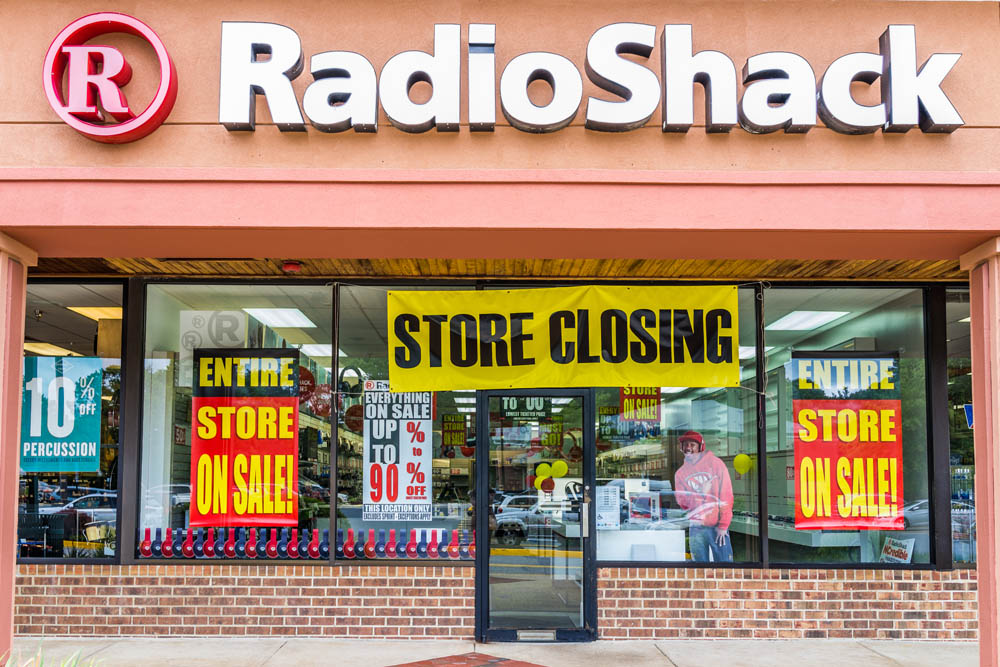
Store Closings Affect the Future of Malls
Last month, Macy’s announced that it will soon be closing 100 stores. This follows the closing of 40 Macy’s locations in 2015. Citing a number of factors including increased competition from e-retailers such as Amazon, Macy’s hopes that the store reductions will increase profitability of remaining stores. Though specific locations for store closings have not yet been announced, analysts expect that under-performing stores will be located relatively close to other, higher-performing stores with the closure of the lesser performing stores, Macy’s hopes traffic will be driven to its other locations.
News of this latest round of store closures did not bode well for major shopping center owners. Stock prices for the Simon Group, General Growth Companies and Kimco all dropped the day following the Macy’s announcement. Macy’s makes up 12.6% of the occupancy of Simon’s retail property holding. This consists of nearly 23 million square feet. In an earnings call prior to the Macy’s announcement, Simon reported that it only had one vacant anchor space in its entire portfolio.
Clearly, the Macy’s closing will change Simon’s anchor occupancy as well as other mall owners. But Macy’s is not the only retailer in transition. Ralph Lauren is closing 50 stores; Sears/Kmart is closing at least another 78 stores; Aeropostale, is closing 150 stores while in bankruptcy; Sports Authority is also in bankruptcy and has closed all 460 of its stores; Tailored Brands is closing 80-90 Jos. A. Banks, 58 Outlet Stores and 110 Men’s Wearhouse Tux Stores’ and Chico’s White House/Black Market will close 110 stores.
What are malls and shopping centers to do with all this vacant space? The character of malls will change, particularly when an anchor leaves. Landlords look to other types of tenants, rather than large retailers, to replace anchors. Movie theatres, restaurants, discount retailers (such as Ross, TJ Maxx, Marshalls and Kohls), fitness center/spas and grocery stores often fill reconfigured anchor space. But, if more than 1 anchor leaves, a mall may have a tough time surviving. JC Penney has been closing stores for over 2 years. Many of the Macy’s closures will come at malls that have already had or will have Penney’s closings.
Tom McGee, President and CEO of ICSC, says it is not just about filling vacant space. Mall owners have to drive traffic to the mall and “create atmosphere and experience” for shoppers. If the atmosphere is right, shoppers will come and stores will succeed. Anchors aren’t the draw. Food courts, holiday events, free wi-fi and interactive experiences bring people to malls.
Tech solutions help tenants aw well. GPS is a valuable tool. It can be used not only to give shoppers directions to the mall, but also step by step directions to a store from within the mall. Tenants can know exactly where their potential customers are and reach to them while they are in the mall. Mall and store promotions can be sent directly to shoppers’ phones. Landlords need to assure that proper infrastructure is in place to assist tenants with their own applications.
When malls do fail, large tracts of real estate become a blight on a community. Developers can step in and, with cooperation from local government, convert properties to hospitals, condos, office buildings and mixed use projects. Demolition or renovation is expensive and that makes these projects difficult.
Jeff Reeves, a columnist on Marketwatch.com says that retailers have all the excuses as to why stores are closing and malls ultimately fail. But, he argues, it really seems like a trend. Reeves writes,
“[T]hat’s because malls are supposed to be a collection of stores that help each other out. Shoppers go to pick up a birthday present for a friend, then stop and get a new pair of shoes and maybe a snack in the food court. Once you don’t go to a mall for the first link at the chain, all the other follow-on sales fall by the wayside.
That means that with the recent closure of big anchor stores, the pain is only going to get worse, driving more small retailers out, and inflicting even more damage on malls.”
If Reeves is right, all the reimagining of malls that ICSC president McGee foresees will be a colossal waste of money.




No Comments
Sorry, the comment form is closed at this time.